Oliva Garden (올리바가든)
9.0Km 2021-05-11
16, Jahamun-ro, Jongno-gu, Seoul
+82-2-733-3056
It is an Italian restaurant featured in a popular Korean drama. The best menu at this restaurant is steak. This Korean dishes restaurant is located in Jongno-gu, Seoul.
Programmes Traditionnels Participatifs à la Korea House (한국의집 전통문화체험)
9.0Km 2016-02-19
10, Toegye-ro 36-gil, Jung-gu, Seoul-si
+82-2-2270-1125
Ouvert en 1981, la Korea House est un établissement bien préservé qui présente les traditions coréennes aux coréens comme aux étrangers. Cet établissement idyllique organise divers spectacles folkloriques et programmes permettant aux visiteurs de découvrir les traditions coréennes. Il y a aussi un joli magasin vendant des objets artisanaux et un restaurant traditionnel coréen. Autrefois résidence privée de Park Paeng-nyeon, un érudit de la dynastie Joseon, la Korea House fut rénovée dans le style architectural des cours royales. C'est un joli exemple d'architecture hanok. Elle sert aussi de complexe culturel pour promouvoir la culture traditionnelle coréenne auprès des visiteurs étrangers qui pourront voir, entendre et goûter cette dernière.
Il y a en ce moment neuf programmes organisés, comme celui de la fabrication du kimchi, celui sur les objets en papier hanji ou encore celui sur la danse traditionnelle. Les cours durent environ deux heures. Bien que les cours ne soient donnés qu'en coréens les visiteurs étrangers pourront tout de même y participer car il est facile de suivre les démonstrations de l'instructeur, à l'exception du programme sur la cérémonie de thé traditionnelle. Réservez par téléphone pour participer. Vous pouvez choisir jusqu'à deux, trois programmes.
Jjukkumiwa Maeungalbijjim(쭈꾸미와매운갈비찜)
9.0Km 2021-04-15
25-1, Mareunnae-ro, 2-gil, Jung-gu, Seoul
+82-2-2266-3208
The favorite store of office workers. The representative menu is braised short rib set menu. This Korean cuisine is located near Chungmuro Station, Seoul.
NUHADANG [Korea Quality] / 누하당 [한국관광 품질인증]
9.0Km 2020-09-10
49-7, Pirundae-ro, Jongno-gu, Seoul
010-9692-1330
Guesthouse Nuha is a ‘hanok’ or traditional Korean house consisting of four guestrooms located in Nuha-dong, Seochon (west of Gyeongbokgung Palace, Jongno, Seoul) where many Confucian scholars and artists lived during the Joseon Dynasty.
Exuding a refined atmosphere, Guesthouse Nuha is very popular among not only domestic visitors but also foreign tourists who want to experience the flavor of Korea in a cozy hanok. All four guestrooms (An-bang, Sarang-bang, Geul-bang, and Byeol-dang) are covered with eco-friendly hanji (traditional Korean paper handmade from mulberry tree) wallpaper, and are equipped with a thick cotton-wool comforter and pillows imbued with the scent of Hinoki cypress tree to help guests relieve their fatigue.
Breakfast is served free of charge. Guests can also experience traditional Korean culture here, such as playing a Korean musical instrument (janggu or double-headed drum), playing a game of yut in the yard, or wearing hanbok (traditional Korean clothes). Although a local bus service passes through the village, it is highly recommended to take a quiet leisurely around the area.
Musée d'art Daelim (대림미술관)
9.0Km 2025-04-18
35-1 Tongui-dong Jongno-gu Seoul-si
+82-2-720-0667
Le Musée d'art Daelim, fondé par le Groupe Daelim, fut d’abord établit à Daejeon en 1996 et fut deplacé plus tard à Jongno (Séoul), en 2002. Cette galerie d’art étudie, analyse et présente l’art moderne à travers la photographie et organise des expositions centrées sur le média photo.
Le musée d'art est situé dans la zone résidentielle de Tongui-dong, près du Palais de Gyeongbokgung. Elaboré par un architecte français, Vincent Cornu, et construit par l’entreprise Daelim, il a ouvert ses portes en mai 2002.
Au rez-de-chaussée se trouvent un jardin, un parking, une réception, un espace de rangement, et une salle de conférence. Au premier et au deuxième se trouvent les bureaux ainsi qu’une salle d’expositions de 595m² consistant en une petite et une grande salle, une longue galerie ainsi qu’un espace possédant un haut plafond. Au troisième étage vous trouverez une salle pour les séminaires pouvant accueillir 120 personnes ainsi qu’un balcon avec une très jolie vue d’où vous pourrez admirer les monts Inwangsan et Bukhansan. Les panneaux en verre teinté (créés afin de refléter la beauté des tissus traditionnels coréens) et les pittoresques salons au premier et au deuxième ajoutent à l’ensemble un certain charme.
Par-dessus tout, le musée fut élaboré en considérant les photos, lesquelles sont très sensibles à l’humidité, la lumière et la température.
Gayaseong (가야성)
9.1Km 2021-03-26
6, Eulji-ro 9-gil, Jung-gu, Seoul
+82-2-2267-3939
It is a popular store among office workers in Euljiro. This Korean dishes restaurant is located in Jung-gu, Seoul. The representative menu is noodles in black bean sauce.
Pyeongnaeok (평래옥)
9.1Km 2021-03-22
21-1, Mareunnae-ro, Jung-gu, Seoul
+82-2-2267-5892
This store, which has been around since 1950, always has a long line of customers. A Pyeongyang cold buckwheat noodles specialty restaurant located in Jung-gu, Seoul. The representative menu is Pyeongyang cold buckwheat noodles.
Seochon Guest House [Korea Quality] / 서촌 게스트하우스 [한국관광 품질인증]
9.1Km 2023-04-07
28-3, Jahamun-ro 7-gil, Jongno-gu, Seoul
+82-010-3345-9680
Seochon Guest House is located in Seochon, which is becoming a hot place for tourists in Seoul, and precisely on the road to Suseong Valley, whichis filled with interesting stores and is also well-known for Park Nosoo Art Gallery and the House of Yun Dong-ju (poet). Seochon Guest House is nicknamed ‘Jaeminangol (interesting village)’ after Baekseok’s poem ‘Yeowunangol’, with the aim of providing a visit full of interesting experiences. Passing through a garden and entering the main building, the unique charm of this hanok building, the staircase to get to the first floor from daecheong (main floored room), catches the eye of the visitors. In addition, the building is decorated with various stylish objects including paintings and Korean musical instruments. The terrace situated on the first floor offers an open view of the surrounding area including roof tiles of hanok structures and alleyways in Seochon. It is said that Korean novelist Yoon Hu-myeong also appreciated the structure of the guesthouse, saying, “It is an interesting place.” Built in the 1930s, the house, which has many storage places, was taken by the owner couple in spring 2014 as they were attracted by the house during their trip to Seochon. After the repair work, the ground floor of the house was opened for guests from January 2016, hoping that guests could share their daily experiences and stories with each other. The guestrooms and the main floored room on the ground floor are open to guests, with the exception of the first floor, which is used by the owner couple. The living room is equipped with books, a curved TV, and a table. The tasty meal, which is served in the kitchen, consists of rice and soup with six side dishes and is much loved by guests. The guesthouse offers a total of four rooms – Jae Room, which is the most Korean-style room; Mi Room, which has a combined style of a Korean-style room and Western-style room; Nan Room, which is an ideal room for meditation with a beautiful paper window; and Ahn Room, which is equipped with a veranda and a pretty flowerbed. Every room has its separate charm with various comfortable bedding to provide a quiet and cozy bedroom for guests in the middle of the city. Furthermore, the guesthouse holds a pansori (epic chant) performance twice a year. The owner started learning how to sing pansori to promote the Korean culture and tradition to foreigners. When a pansori performance is held, the owner offers traditional Korean snacks and drinks including sikhye (sweet rice punch), sujeonggwa (cinnamon punch), traditional sweets and cookies, and tteok (rice cakes) to visitors, tourists, and performers. Moreover, it provides cultural programs such as a Gukak (Korean classical music) experience, Korean traditional clothes experience, and making Korean food experience, as well as other activities with guests, such as trip to the city wall between Inwangsan Mountain and Bugaksan Mountain, and the Royal Palace Tour to Gyeongbokgung Palace, etc., as well as a trip to a traditional market.
Gogung Tteurak (고궁뜨락)
9.1Km 2020-04-17
12, Hyoja-ro, Jongno-gu, Seoul
+82-2-720-0486
Located on the first floor of the National Palace Museum of Korea, Gogung Tteurak consists of a museum shop and a café. It is open from 09:00 to 18:00 during the weekdays and up to 21:00 on Wednesdays and Saturdays. It operates without closing days as of January 1, 2017.
Village Seochon (서촌마을)
9.1Km 2021-07-14
45, Pirundae-ro, Jongno-gu, Seoul
Le village Seochon se situe à l'est du palais Gyeongbokgung. Il s'agit d'un lieu composé à la fois de maisons traditionnels hanok, de petites ruelles paisibles, mais aussi de nouveaux magasins qui forment une très belle harmonie dans le village. En parcourant les nombreuses petites ruelles des lieux, vous pourrez aussi apprécier plusieurs peintures murales très colorèes. Ce village se distingue donc par son côté à la fois pittoresque mais aussi raffiné.
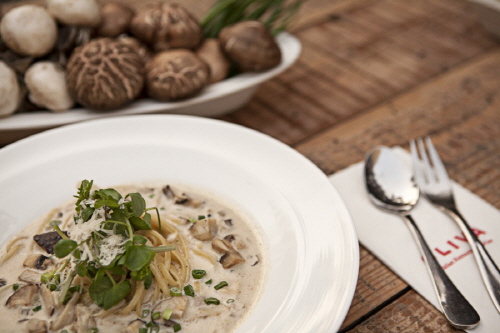
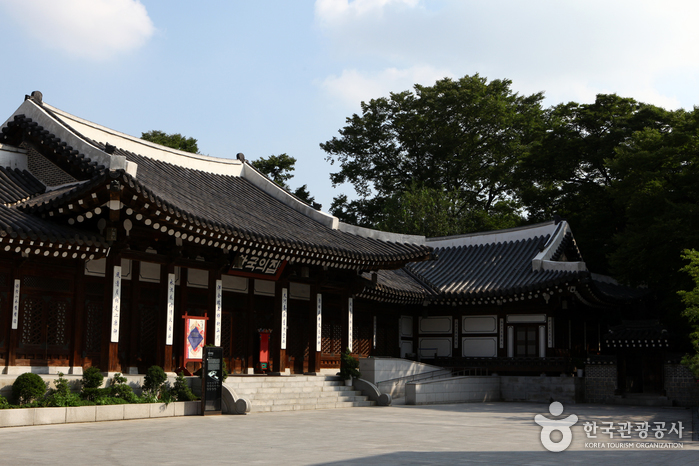
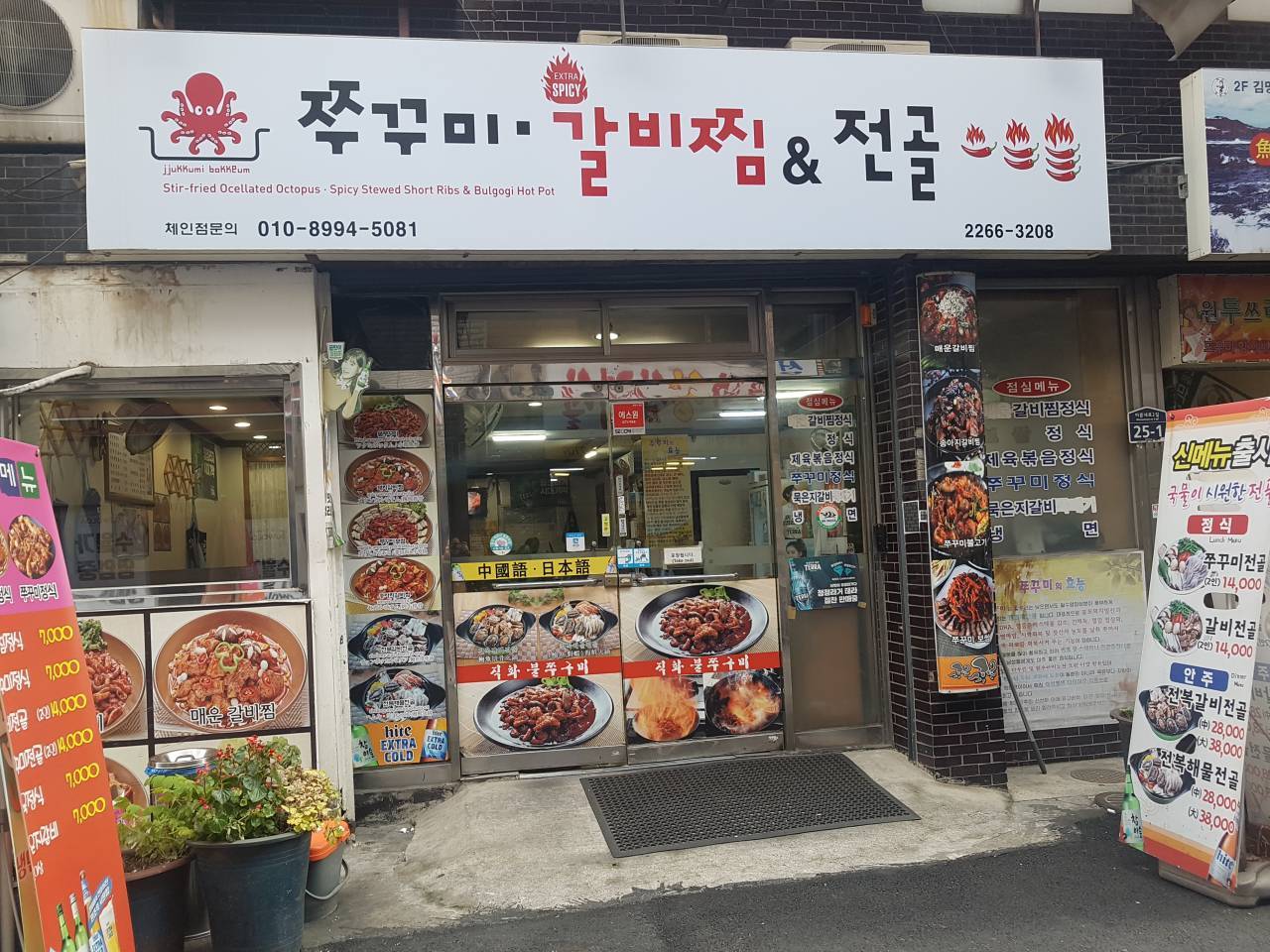
![NUHADANG [Korea Quality] / 누하당 [한국관광 품질인증]](http://tong.visitkorea.or.kr/cms/resource/58/2532358_image2_1.jpg)
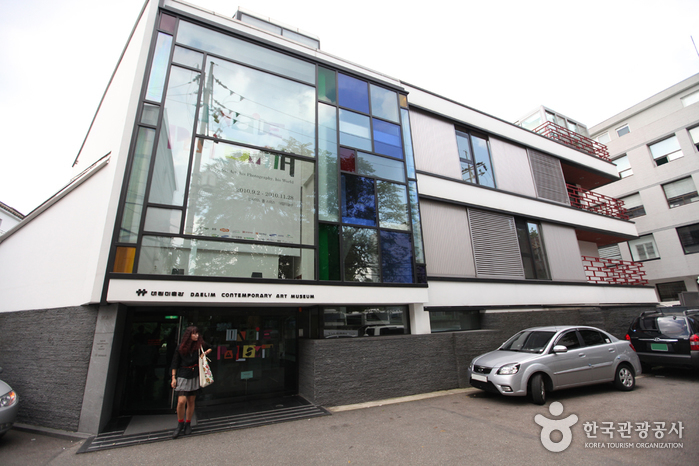
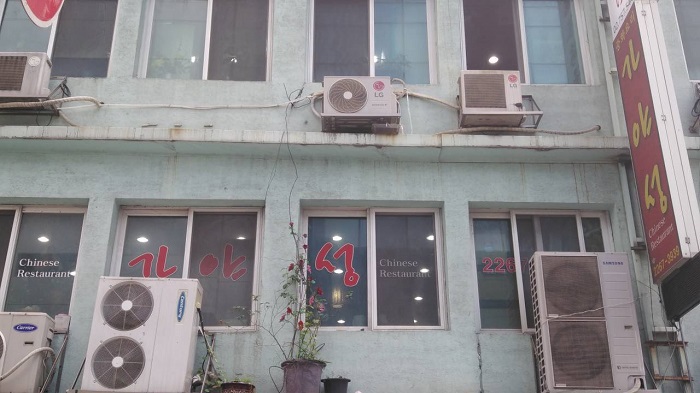
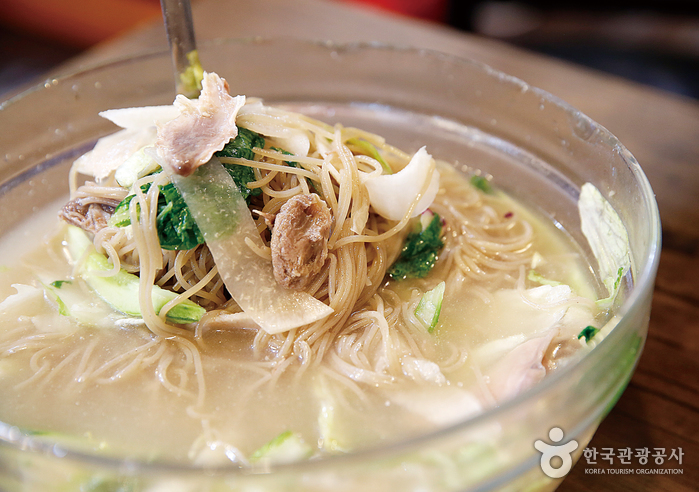
![Seochon Guest House [Korea Quality] / 서촌 게스트하우스 [한국관광 품질인증]](http://tong.visitkorea.or.kr/cms/resource/41/2447241_image2_1.jpg)
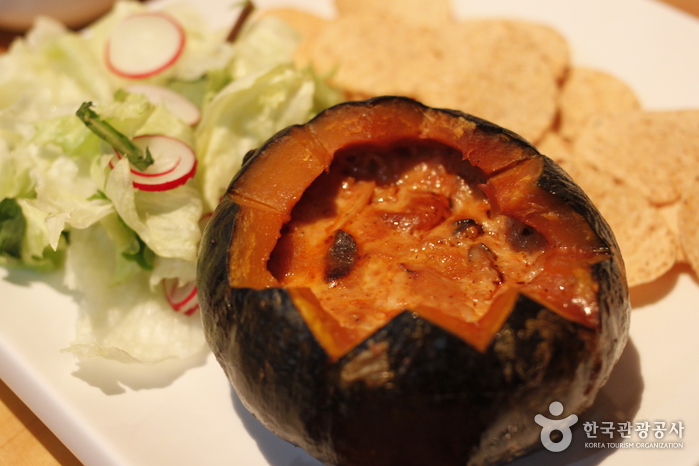
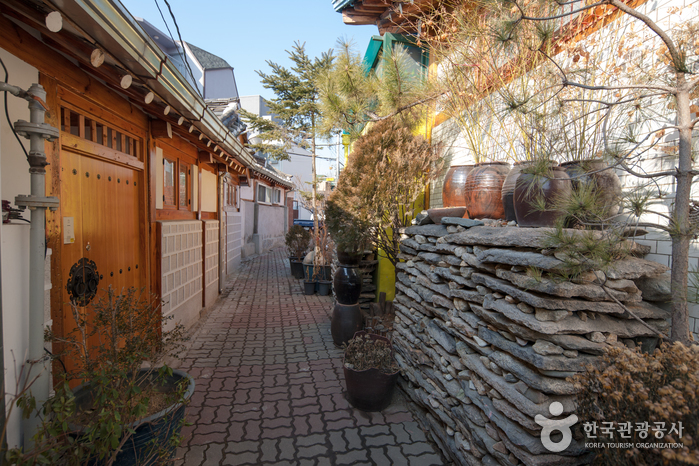
 Français
Français
 한국어
한국어 English
English 日本語
日本語 中文(简体)
中文(简体) Deutsch
Deutsch Español
Español Русский
Русский